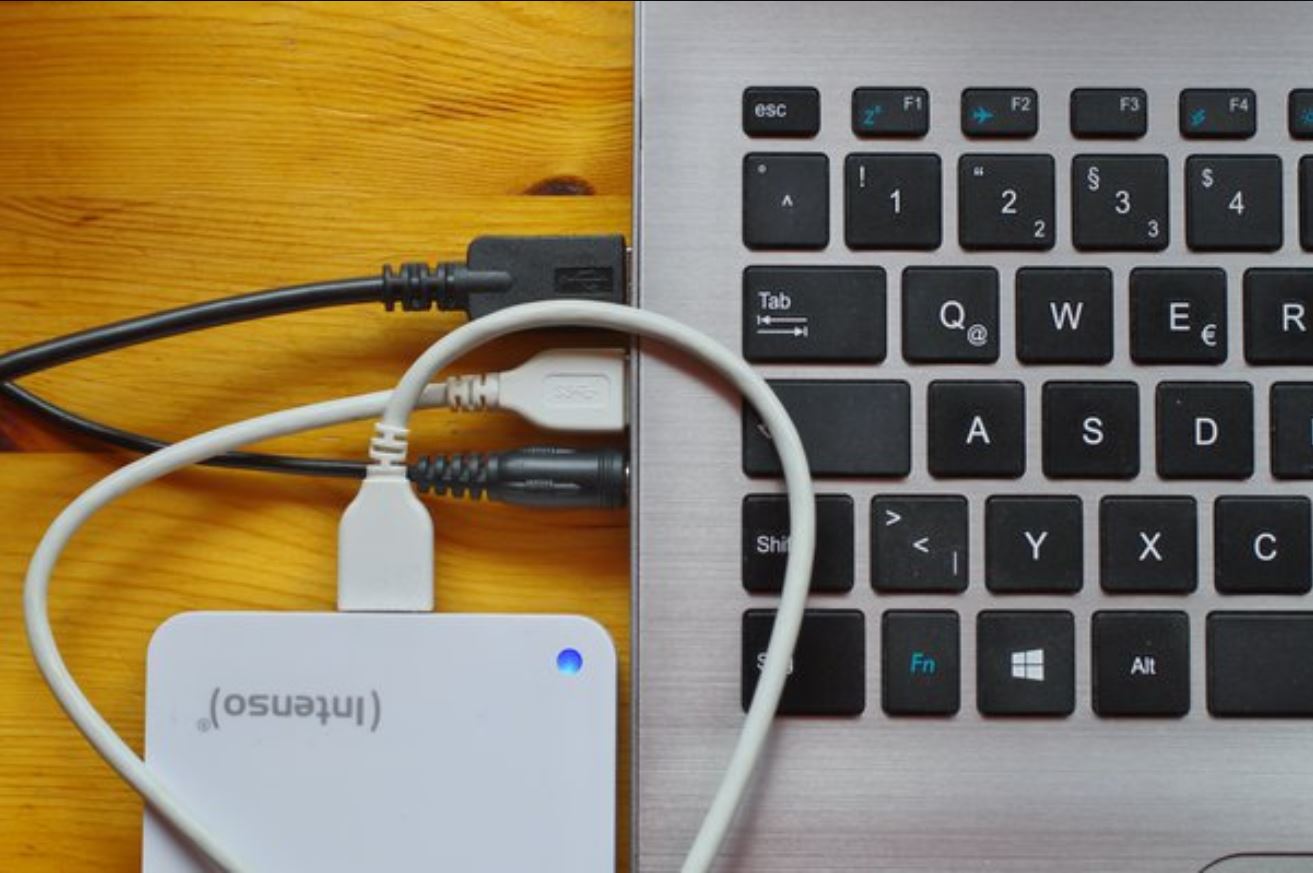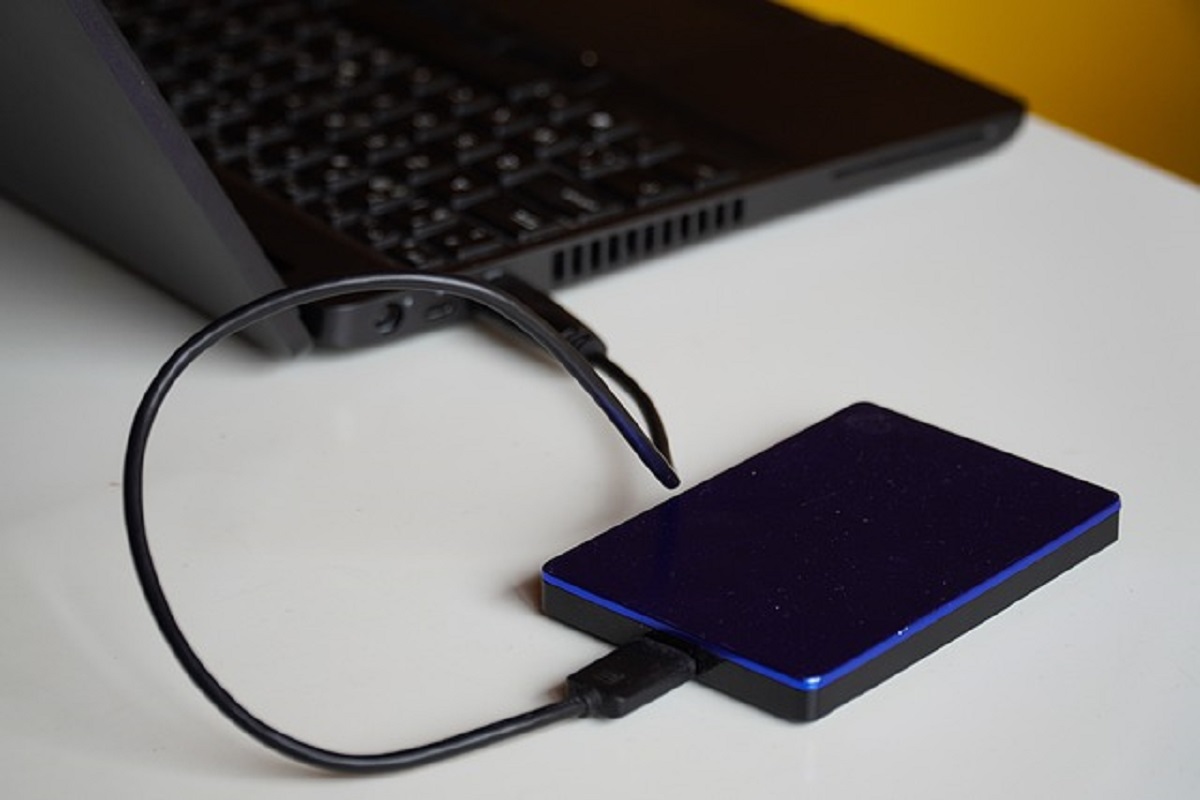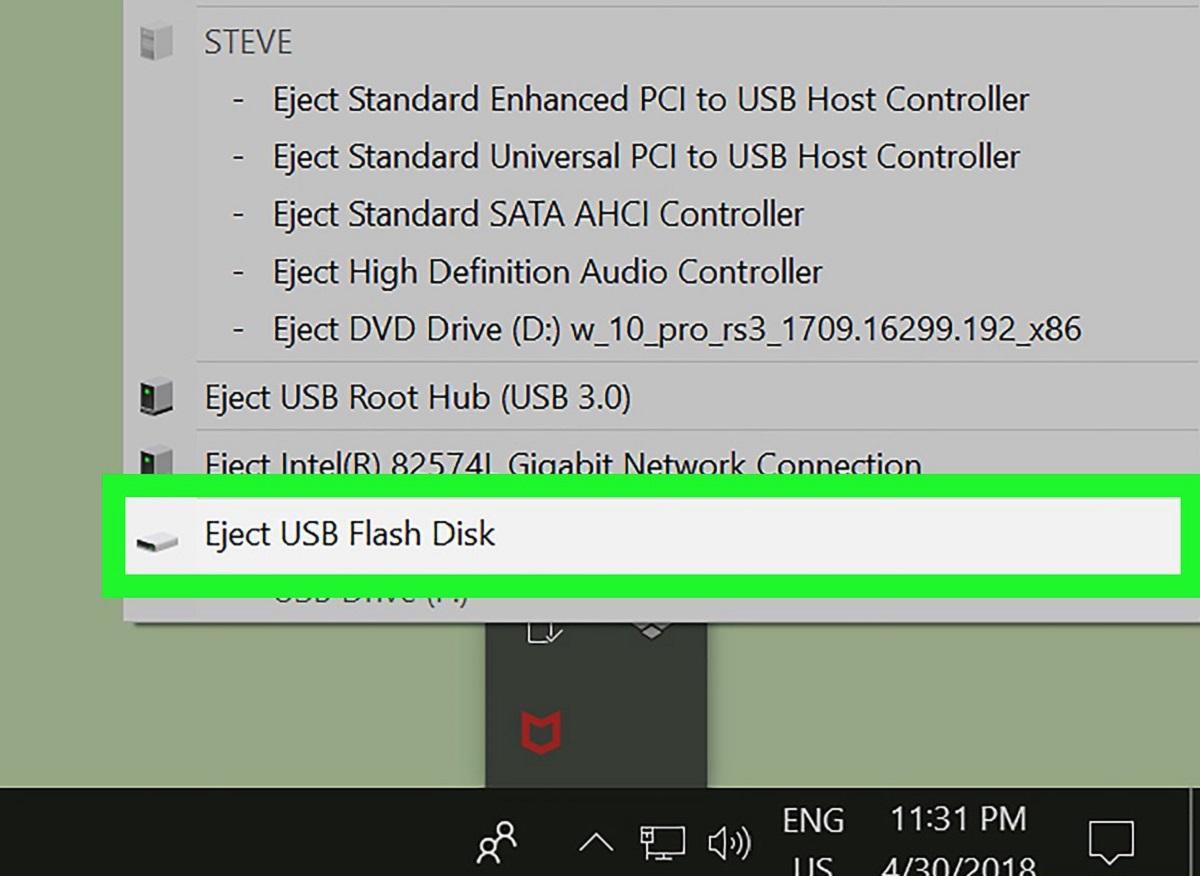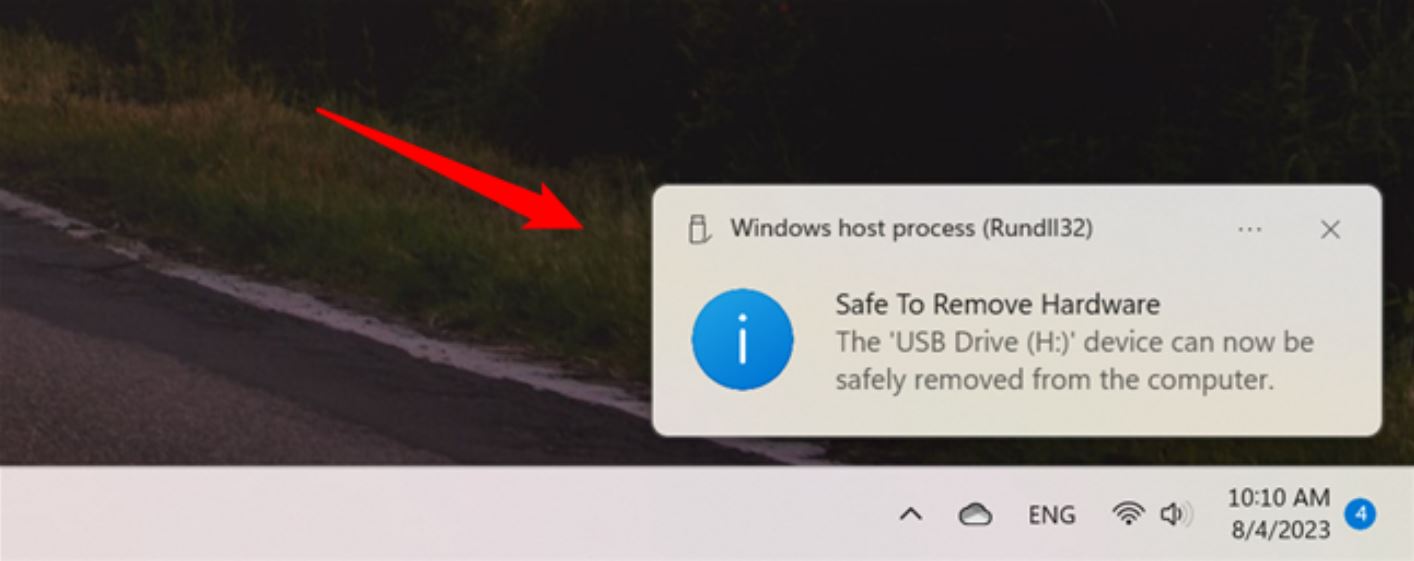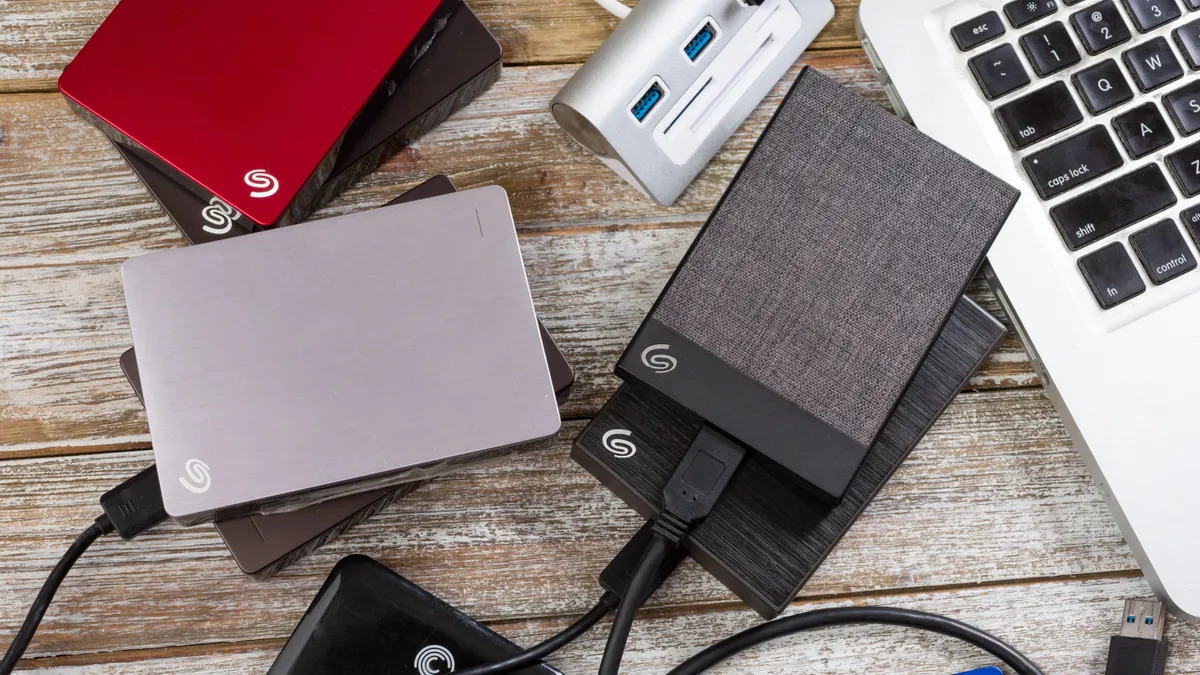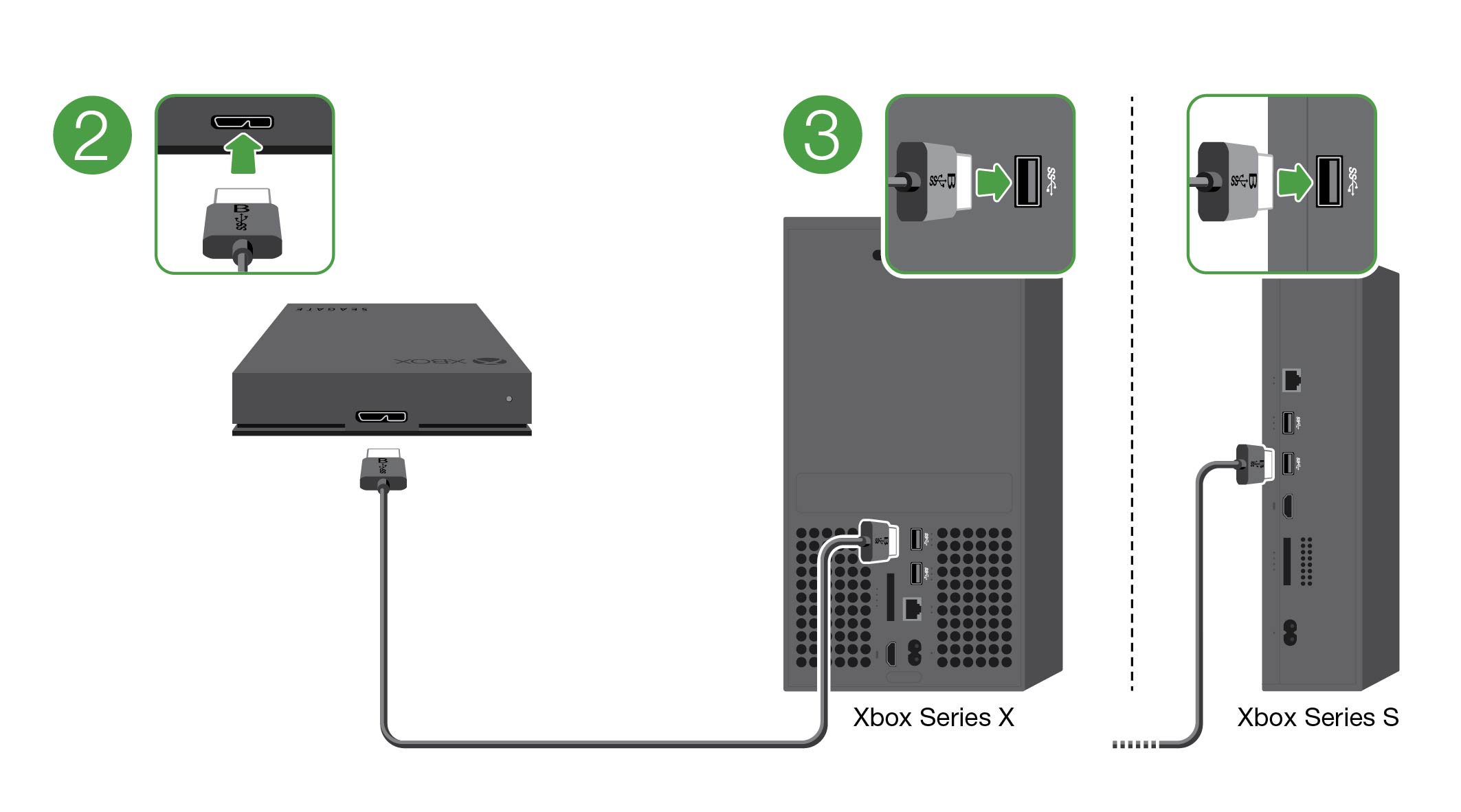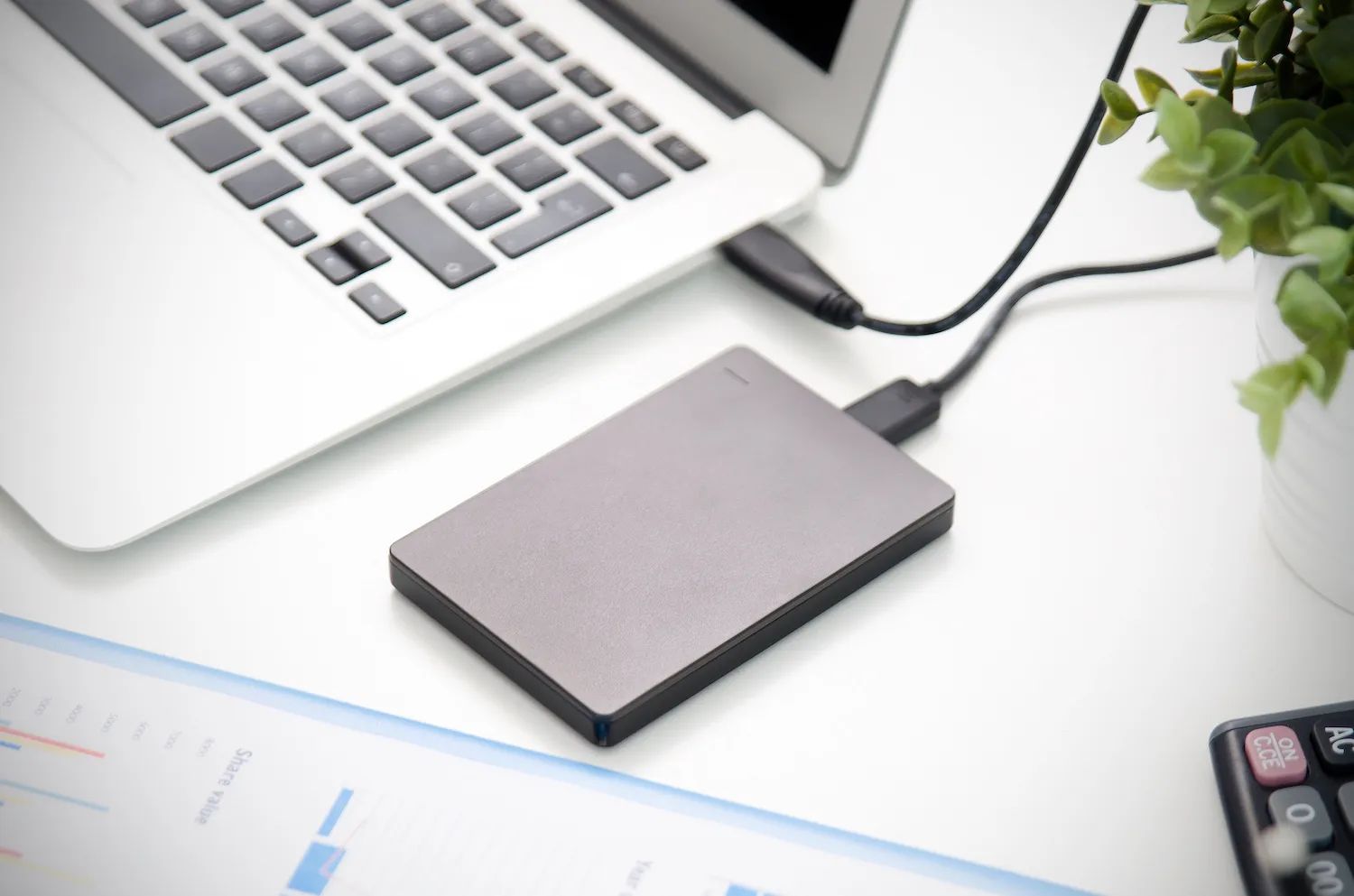Introduction
External hard drives have become an indispensable tool for storing and accessing our valuable data. Whether you use it for backing up files, expanding storage capacity, or transferring data between different devices, these portable storage devices have revolutionized the way we manage and secure our digital information. However, have you ever wondered what happens if you unplug an external hard drive abruptly? Is there any risk involved, or is it a harmless action?
In this article, we will explore the potential consequences of unplugging an external hard drive without following the proper procedures. We will discuss the risks of data loss, damage to the hard drive, file corruption, file system errors, unsaved work, potential hardware failure, and power surge risks. Understanding these risks can help us better protect our data and ensure the longevity of our external hard drives.
While it may be tempting to unplug your external hard drive without considering the consequences, it’s crucial to recognize that these devices work differently than internal hard drives. External hard drives rely on a USB or Thunderbolt connection to establish a connection with your computer or other devices, making them more susceptible to certain risks when suddenly disconnected.
By taking the time to understand the potential issues that can arise from unplugging an external hard drive without following the proper procedures, you can minimize the chances of experiencing data loss, damaging your hardware, or encountering other complications. Whether you’re a casual user or rely heavily on external hard drives for professional purposes, it’s essential to be aware of these risks and take the necessary precautions to avoid them.
Data Loss Risk
One of the most significant risks associated with abruptly unplugging an external hard drive is the potential for data loss. When a hard drive is abruptly disconnected, it can interrupt the ongoing read/write processes, causing incomplete or corrupted data transfers. This can result in the loss of valuable files, documents, photos, or any other data stored on the external hard drive.
The risk of data loss becomes more prominent when you unplug the hard drive while actively transferring or saving files. Any unsaved changes or incomplete transfers can be permanently lost, leaving you with incomplete or corrupted files. These files may become unusable and could require extensive time and effort to recover, if recovery is even possible.
Furthermore, sudden disconnection can also lead to file system errors. The file system metadata, which keeps track of file locations and attributes, can become corrupted or inconsistent if the connection is forcibly interrupted. This can result in file system errors, making it difficult to access or retrieve the data stored on the external hard drive.
To mitigate the risk of data loss, it is crucial to follow the proper procedures for disconnecting an external hard drive. Before unplugging, ensure that all file transfers or operations have completed. Safely eject the external hard drive using the appropriate method provided by your operating system. This ensures that any ongoing operations are completed, and the file system is properly updated before disconnecting the hard drive.
In addition to following the correct disconnection procedures, regularly backing up your data is a crucial step in safeguarding against data loss. By keeping multiple copies of your important files on different storage devices or in the cloud, you can minimize the impact of any potential data loss events. Regular backups provide an additional layer of protection and allow you to restore your files in case of accidental data loss or hard drive failure.
Damage to Hard Drive
Abruptly unplugging an external hard drive can potentially lead to physical damage to the device itself. External hard drives are delicate electronic devices with intricate components, and a sudden disconnection can cause mechanical stress or shock to these components.
When you unplug the hard drive without following the proper procedures, the read/write heads, which read and write data on the spinning platters inside the hard drive, may crash into the surface of the disk. This can result in scratches or other physical damage to the platters, making the data stored on them inaccessible.
Moreover, the abrupt disconnection can also lead to damage to the external connector of the hard drive. The USB or Thunderbolt port on the hard drive can become bent, broken, or otherwise damaged, rendering the device useless or requiring expensive repairs.
To avoid damaging your hard drive, it is essential to ensure that the device is safely disconnected. Most operating systems provide an option to safely eject or remove the external hard drive. By using this option, the operating system ensures that all read/write processes have completed, and it is safe to remove the device without causing any damage.
In addition, it’s important to handle the external hard drive with care. Avoid dropping the device or subjecting it to physical stress or impact. Store the hard drive in a secure and stable location when not in use to prevent accidental damage.
Taking preventive measures and treating your external hard drive with caution can go a long way in extending its lifespan and avoiding unnecessary damage. By properly disconnecting the device and handling it carefully, you can minimize the risk of physical harm and ensure the continuous functioning of your external hard drive.
Corruption of Files
Another potential consequence of unplugging an external hard drive without following the proper procedures is the corruption of files. When a hard drive is abruptly disconnected, it can cause data inconsistencies or partial transfers, leading to corrupted files.
Corrupted files may become unreadable or display errors when you try to access them. The file structure or data within the file can become altered or damaged, making it challenging or impossible to open or use the file as intended. This can be especially problematic if the corrupted file contains important documents, photos, or other critical data.
Additionally, file corruption can also affect the overall stability and performance of the external hard drive. The corruption of system files or critical data can lead to file system errors, causing the hard drive to become unresponsive or even fail to function altogether.
To mitigate the risk of file corruption, it is crucial to properly disconnect the external hard drive using the recommended methods. Safely ejecting the device allows the operating system to complete ongoing operations, ensuring data integrity and reducing the chances of file corruption. It is also important to avoid abruptly disconnecting the hard drive during active file transfers or any other data manipulation processes.
In addition to safely disconnecting the external hard drive, regularly scanning and repairing the file system can help identify and fix any potential file corruption issues. Most operating systems provide built-in tools to check the integrity of the file system and repair any detected errors. Running these tools periodically can help maintain the health and integrity of your files and mitigate the risk of corruption.
Lastly, implementing a robust backup strategy is essential for safeguarding against file corruption. By regularly backing up your files to a separate storage location, you can restore clean and uncorrupted versions of your files in case of any data loss or corruption events. This ensures that even if your files get corrupted on the external hard drive, you have a reliable backup copy to rely on.
File System Errors
Abruptly unplugging an external hard drive can result in file system errors. The file system is responsible for organizing and keeping track of files and their locations on the hard drive. When the connection is forcibly interrupted, the file system may not have a chance to update properly, leading to inconsistencies and errors.
File system errors can manifest in various ways. One common issue is the “Unmounted” or “Undetected” error, where the operating system fails to recognize the external hard drive due to an improper disconnection. This can make it challenging to access the data stored on the device.
Another file system error that can occur is the “File Structure is Corrupted and Unreadable” error. This error message indicates that the file system’s structure has become corrupted, hampering your ability to open or modify files on the external hard drive. In some cases, this error may require the use of specialized recovery software to fix the file system and retrieve the data.
To minimize the risk of file system errors, it is crucial to follow the proper procedures for disconnecting the external hard drive. This includes safely ejecting the device through the operating system’s interface, which allows the file system to update and finalize any pending operations before disconnecting the hard drive.
In addition to safely ejecting the external hard drive, performing regular file system checks and repairs is recommended. Most operating systems offer utilities that can scan and fix file system errors. Running these utilities periodically can help identify and repair any issues before they escalate or cause further damage to your files and the external hard drive itself.
Furthermore, it’s essential to keep the external hard drive’s firmware and drivers up to date. Manufacturers often release firmware updates that address known file system issues or improve the overall stability of the device. Checking for firmware updates and installing them as necessary can help prevent file system errors and ensure optimal functioning of the external hard drive.
By following best practices for disconnecting the device, performing regular file system checks, and keeping the external hard drive’s firmware up to date, you can minimize the occurrence of file system errors and maintain the integrity of your data on the external hard drive.
Unsaved Work
Accidentally unplugging an external hard drive can result in the loss of unsaved work. Whether you’re working on a document, editing a video, or designing graphics, sudden disconnection can cause all your recent changes and modifications to be lost.
When you’re actively working on a file stored on an external hard drive, the operating system continuously saves your progress. However, if the connection is abruptly interrupted, any unsaved changes made since the last save can be lost without the opportunity to recover them.
This can be frustrating, especially if you’ve spent a significant amount of time working on a project or if the changes made were critical. Losing unsaved work can set you back and require additional time and effort to recreate or redo the lost work.
To avoid losing unsaved work, make it a habit to save your progress frequently. Use the auto-save feature available in many software applications to automatically save your work at predefined intervals. This ensures that even if a sudden disconnection occurs, you have a recent saved version of your work to fall back on.
Additionally, consider enabling software features that create temporary backup copies of your work. These backup files can act as a safety net in case of accidental disconnections or program crashes. They can often be accessed and recovered when you reopen the software after an unexpected interruption.
Another precaution is to periodically save your work to a local or cloud-based storage location during the editing process. This way, even if your external hard drive becomes inaccessible due to an unplanned disconnection, you will still have a recent saved version available elsewhere.
By being mindful of saving your work frequently, utilizing auto-save features, and creating temporary backups, you can minimize the risk of losing unsaved work when unplugging an external hard drive abruptly. These simple habits can save you valuable time and frustration in the long run.
Potential Hardware Failure
Abruptly unplugging an external hard drive can increase the likelihood of hardware failure. External hard drives contain delicate mechanical components and sensitive electronic circuits that can be susceptible to damage when disconnected improperly.
When you abruptly unplug the hard drive, it can lead to a sudden power loss, causing the drive’s components to stop functioning abruptly. This can result in the read/write heads crashing into the spinning platters, damaging both the heads and the platters. Additionally, the sudden power loss can also impact other critical components of the hard drive, such as the control circuitry or the motor.
The mechanical stress or shock caused by the abrupt disconnection can lead to permanent damage, rendering the hard drive inoperable. This can result in the loss of all data stored on the drive.
Furthermore, abrupt disconnection can also increase the risk of electronic circuitry damage. The electrical surge or fluctuations caused by unplugging the hard drive while it’s still in use can damage the delicate electronic components within the drive. This can result in a failure of the drive’s electronic circuitry, making it unable to function properly.
To minimize the risk of hardware failure, always follow the proper procedures for disconnecting the external hard drive. Safely eject the device through the operating system to allow it to complete ongoing operations and update the file system before disconnecting the drive.
Additionally, consider investing in a reliable surge protector or uninterruptible power supply (UPS) for your external hard drive. These devices can help protect the drive from power surges or fluctuations, reducing the chances of damage to the internal components.
It’s also important to handle the external hard drive carefully to prevent accidental physical damage. Avoid dropping the device or subjecting it to unnecessary shocks or impacts. Store the hard drive in a secure and stable location when not in use to minimize the risk of accidental damage.
By following the proper procedures for disconnection, utilizing surge protectors or UPS devices, and handling the external hard drive with care, you can minimize the risk of hardware failure and ensure the longevity of your device.
Power Surge Risks
Power surges can pose a significant risk to external hard drives, especially when they are abruptly unplugged. A power surge is a sudden increase in electrical voltage that can occur due to various reasons, such as lightning strikes, faulty wiring, or power outages and subsequent power restoration.
When an external hard drive is abruptly disconnected during a power surge, it can expose the drive’s delicate electronic components to excessive voltage. This surge of electrical power can cause damage to the drive’s circuitry, leading to malfunctions or complete failure of the device.
In addition to the risk of physical damage to the drive, power surges can also result in data corruption or loss. The sudden influx of electrical voltage can disrupt the ongoing read/write processes or transfer operations, causing data to become corrupted or incomplete. This can render files inaccessible or result in permanent data loss.
To protect your external hard drive from power surges, consider using a surge protector or an uninterruptible power supply (UPS). Surge protectors are designed to absorb and redirect excessive electrical energy, safeguarding your devices from power spikes. UPS devices offer additional protection by providing battery backup during power outages, ensuring a stable and uninterrupted power supply to your hard drive.
It’s also important to be aware of the condition of your electrical infrastructure. Faulty wiring or inadequate grounding can increase the risk of power surges. If you notice frequent power fluctuations or experience power outages in your area, consult with an electrician to assess and address any electrical issues that may put your devices, including your external hard drive, at risk.
When experiencing a power surge or a power outage, it is best to leave your external hard drive connected until the power stabilizes. This minimizes the risk of abrupt disconnection during the surge and allows the drive to maintain its proper functioning.
By utilizing surge protectors or UPS devices, ensuring a safe electrical infrastructure, and avoiding the abrupt disconnection of the external hard drive during power surges, you can mitigate the risks associated with power surges and protect your valuable data and hardware.
Recommendations for Safely Disconnecting External Hard Drives
To minimize the risks associated with abruptly unplugging an external hard drive, it is essential to follow proper procedures for safe disconnection. By taking the following recommendations into consideration, you can protect your data and extend the longevity of your external hard drive.
- Safely eject the device: Before disconnecting the external hard drive, make sure to safely eject it through the operating system’s interface. This allows the hard drive to complete any ongoing read/write processes and update the file system, ensuring data integrity.
- Wait for operations to finish: Before unplugging the hard drive, ensure that all file transfers, file operations, or any other activities involving the external hard drive have completed. Rushing the disconnection can lead to data loss or file corruption.
- Use the “Eject” or “Safely Remove Hardware” option: Most operating systems provide a dedicated option to safely remove external storage devices. Look for the “Eject” or “Safely Remove Hardware” icon in the system tray or use the corresponding option in the operating system’s settings. This ensures a proper and safe disconnection.
- Avoid abrupt power loss: Ensure that the external hard drive is not powered off abruptly. If the device has a dedicated power button, use it to safely power off the drive before disconnecting it. This helps prevent damage to the drive’s circuitry and potential data loss.
- Handle the hard drive with care: Avoid dropping or subjecting the external hard drive to unnecessary shocks or impacts. Treat it as a delicate electronic device and store it in a secure location when not in use.
- Regularly backup your data: Implement a robust backup strategy by regularly backing up your data to separate storage locations or using cloud-based backup services. This provides an additional layer of protection in case of accidental data loss or hard drive failure.
By following these recommendations, you can minimize the risks associated with unsafe disconnection of external hard drives. Properly disconnecting the device, being mindful of ongoing operations, and handling the hard drive with care ensure the integrity of your data and prolong the lifespan of your external hard drive.
Conclusion
Unplugging an external hard drive without following the proper procedures can have various negative consequences. From the risk of data loss and corrupted files to potential hardware failures and power surge risks, it is clear that safe disconnection is crucial to protect your valuable data and the longevity of your external hard drive.
By safely ejecting the device, waiting for ongoing operations to finish, and avoiding abrupt power loss, you can minimize the risk of data loss and file corruption. Handling the external hard drive with care and investing in surge protectors or uninterruptible power supplies (UPS) help protect your hardware from physical damage and power surges.
Regularly backing up your data and implementing proper backup strategies are essential in mitigating the impact of any potential data loss events. By maintaining backups on separate storage devices or utilizing cloud-based backup services, you can ensure that your important files are protected and recoverable in case of any unforeseen circumstances.
Properly disconnecting external hard drives not only safeguards your data but also promotes the longevity of your hardware. By following the recommended procedures and handling the device with care, you can minimize the risk of mechanical or electronic failures, ensuring the continuous functioning of your external hard drive.
In conclusion, it is crucial to follow safe disconnection practices when unplugging an external hard drive. By doing so, you can protect your valuable data, prevent hardware failures, and preserve the integrity of your external hard drive. By implementing the recommendations provided in this article, you can enjoy a reliable and efficient storage solution for your digital files.







